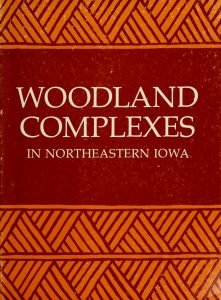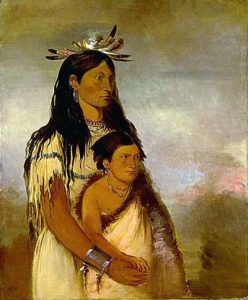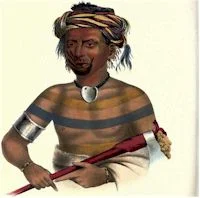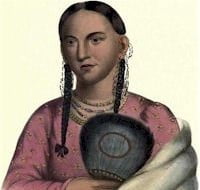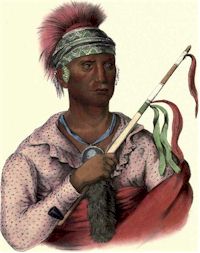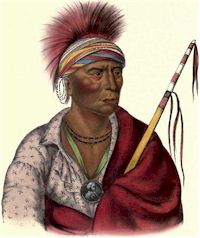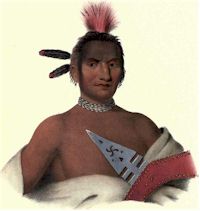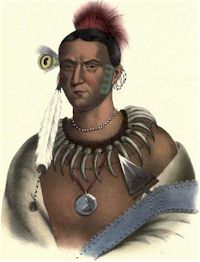Woodland Complexes in Northeastern Iowa
This book, written by Wilfred D. Logan, an archeologist with many years of experience in the National Park Service, increases our understanding of the peoples whose burial mounds are preserved within the national monument and other sites in the surrounding locale. The volume presents data, not heretofore analyzed, from a large number of excavations in northeastern Iowa, and systematizes the material to develop a background against which to view the Effigy Mounds and the people who built them.

